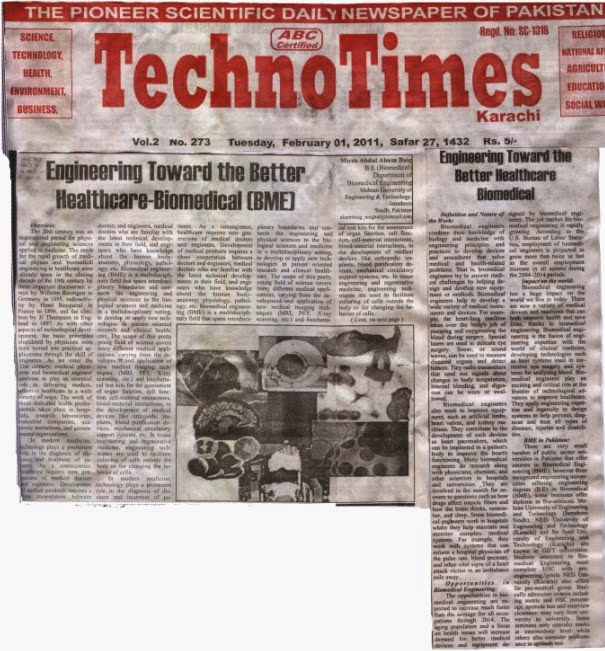The current scenario of health care visualizes preventive and curative health. The Government is trying its best to improve the primary health care. Rapid steps have been made to improve the quality of curative health care services to the people. The health care provides a three-tier system- the dispensaries of the primary health centers, the hospitals managed by the Government of the local authorities like corporations and hospitals managed by corporate organizations, and then tertiary care centers including the medical colleges.
Background:
As we prepare ourselves to enter the 21st century, the organization and management of health services and hospitals will also have to change rapidly in tune with the advanced technological innovations. Organizational strength of any institution will depend on the achievement of the required output of its managers and professionals, such organizations which are endowed with organizational potency would be able to help the nation to achieve the desired health care goals. It is therefore very necessary that each and every expert in the organization should be equipped with the knowledge of the managerial functions. The drift from compassion and care to a shift towards technology and technical competence in the field of medical care has necessitated reshaping of hospital services.
Hospitals are expensive to build and equip and equally expensive to maintain. With the shift towards newer diagnostic and treatment technologies, hospitals need a sizeable investment in resources and their careful management. The challenge lies in effective planning and implementation, efficient utilization to limited resources and providing medical care.
“Medical care is a program of services that should make available to the individual, and thereby to the community, all facilities of medical and allied services necessary to promote and maintain health of mind and body. This program should take into account the physical, social and family environment, with the view to the prevention of disease, the restoration of health and alleviation of disability”. (WHO, 1959)
“A Hospital is an integral of social and medical organization, the function of which is to provide for the population complete health care, both curative and preventive, and whose outpatient services reach out to the family and its home environment; the hospital is also a centre for the training of health workers and bio-social research”.(WHO definition of Hospital)
Eight essential elements of Primary Health Care as described by the WHO are as fellows:
- Adequate nutrition.
- Safe and adequate water supply.
- Safe waste disposal.
- Maternal and child health and family planning services.
- Prevention and control of locally endemic deceases.
- Diagnosis and treatment of common diseases.
- Provision of adequate drugs and supplies.
- Health education.
Hospital viewed as a system:
A hospital can be variously described as a factory, an office building, a hotel, an eating establishment, a medical care agency, a social service institution and a business institution. In fact it is all of these in one, and more. Sometimes it is run by business means but not necessarily for business ends. This complex character of the hospital has fascinated social scientists as well as lay people.
Management science defines a system as “a collection of component subsystem which, operating together, perform a set operation in accomplishment of defined objectives”. Sociologists have considered hospital as a social system based on bureaucracy, hierarchy and super ordination subordination. A hospital manifests characteristics of a bureaucratic organization with dual lines of authority, viz. Administrative and professional.
There is an ongoing race between the medical resources and increasing population. Even though there has been a tremendous growth in the medical resources, they have not been able to cope up with increasing demand due to unchecked growth of population. From its gradual evolution through the 18th and 19th centuries, the hospital both in the eastern and the western world-has come of age only recently during the past 50 years or so.
Management has been defined in many ways by many authorities, but the original definition by Henri Fayol, considered the father of modern management, “To manage is to forecast and plan, to organize, to co-ordinate and to control”. The task of the management of any enterprise incorporates:
- Determining the goal and objectives of the enterprise.
- Acquisition and utilization of resources.
- Instituting communication systems.
- Determining control procedures.
- Evaluating the performance of the enterprise.
Administrative Services:
The terms “Administration” and “Management” have often been interchangeably used. Some people have tried to define administration and management as two distinct entities. To them, administration seems to indicate some higher and broader function than managing. They continue to distinguish is about. But management is not an academic discipline alone. It is a practical art and a science, calling for development of knowledge, skills and attitudes. Managing and administration make use of organized knowledge, i.e. the management science.
Roles and Functions:
The following is a description of the various roles and functions of the hospitals administrator, and activities associated with them. Description of each function of role leads to key element under that role.
Working with People:
The administrator has no direct clinical responsibility for any patient, which rests firmly on the members of the medical staff who have the clinical freedom of decide who shell be treated for what, by what means and for how long. Because doctors are responsible in this way, they are in unique position to influence the work and development of the hospital. The physician’s management of a case has an effect far beyond the clinic or ward situation, on the work of the other staff, and in the functioning of other departments remote from his sphere of action.
The Enabling Role:
One of the prime roles of the administrator is to enable the doctors, nurses and patient-care team to do their job. He “enable” “sees” to and “ensures”. All this is part of his enabling job, but not the whole of it. He must concern himself also with creating and maintaining the nonmaterial conditions in which the professional staff can do their work best-morale, atmosphere.
Staff Motivation:
Expensive facilities and equipment do not necessarily make for a good hospital; it is the people who operate them that make the hospital go. This function is one of the most challenging functions of a hospital administrator. The staff needs to be motivated to give their best at all times even in trying situations. Many discouraging factors and stress situations, in which hospitals abound, tend easily to lead to erosion in motivation.
Management of Resources:
All decision making is limited by the human and material resources the hospitals has. The variety and quantum of the pressures and constraints on hospital administration is best seen when it comes to deciding between competing claims for manpower and financial resources. How does one compare the need for a new lift to replace a very old one with that for a set of ventilator for the ICU? Or the requirement of two data entry operators for the computer section with extra technician in the laboratory for a new oncology program?
Containing Cost:
Being in-charge of the business side of hospital management, a hospital administrator is responsible for the conduct of all the business aspects. With phenomenal rise in hospital costs, the administrator has to devote considerable time and energy to monitor and contain costs. The medical staff knows very little or nothing about the economics of hospital care. Therefore, it is necessary to make them cost-conscious, to reduce expenditure without jeopardizing patient care. The hospital administrator achieves this through presenting them with different types of costing data, and seeking their cooperation in containing costs. The administrator puts into practice his knowledge and skills in financial management to practical use in forecasting financial results as precisely as possible.
Dealing With New Technology:
Hospital practice has become more and more dependent on high technology which can become rapidly outdated as the technological advance continues. Medical staffs are subjected to sales pressure from manufacturers of newer items, and they mat tend to seek what is new without regard to cost because of glamour attached with newer sophisticated equipments.
Social Commitment:
The hospital administrator is a part of the society in which the hospital functions. His vision therefore must be restricted to the hospital in isolation. He must be aware that he is a part of the wider health care system and serves the larger society through the hospital.
Skill of Effective Managers:
A question is often asked whether the effective manager in one situation or institution culture can also prove to be effective in another situation or culture. It the skills, qualities and abilities of effective managers are all so very well documenter, are there any differences in these qualities, skills and abilities at various levels of the organization? There are numerous examples of some managers vitalizing a badly run institution with a poor public image to a very successful one. There are also other examples of some successful managers have been removed from important managerial position either on change of ownership of the institution or for their failure to work under a different organizational culture.
After a lot of research, it has now established that successful management rests on three basic skills- technical, human and conceptual. These three skills are not absolute and mutually exclusive but interrelated.
Technical Skill:
Technical skill is the understanding of and proficiency in specific type of activities involving methods, processes or techniques, e.g. those of an engineer or a doctor. It implies specialized knowledge in that trade and proficiency in the use of techniques and tools of the trade, and which can be easily observed and assessed.
Human Skill:
All managers achieve the organizational objectives through the efforts of other in the organization. Human skill is the skill in dealing with people (rather than things or objects). It involves ability and judgment in working with and through people, including an understanding of motivation. This skill is demonstrated in the way the individual perceives his superiors, equals and subordinates, and requires awareness of their attitude, beliefs and feelings. It also involves the ability to effectively communicate with others so as to influence their behavior.
Conceptual Skill:
Conceptual skill involves the ability of understand complexities of the whole organization and how changes in any part of the organization affect others. This knowledge permits the managers to acts according to the objectives of the total organization rather than only on the basis of needs of the problem at hand. The success of decision depends on the conceptual skill of managers who make the decision. The attitude and values of top manager make up an organization personality which distinguishes good organization from others.




